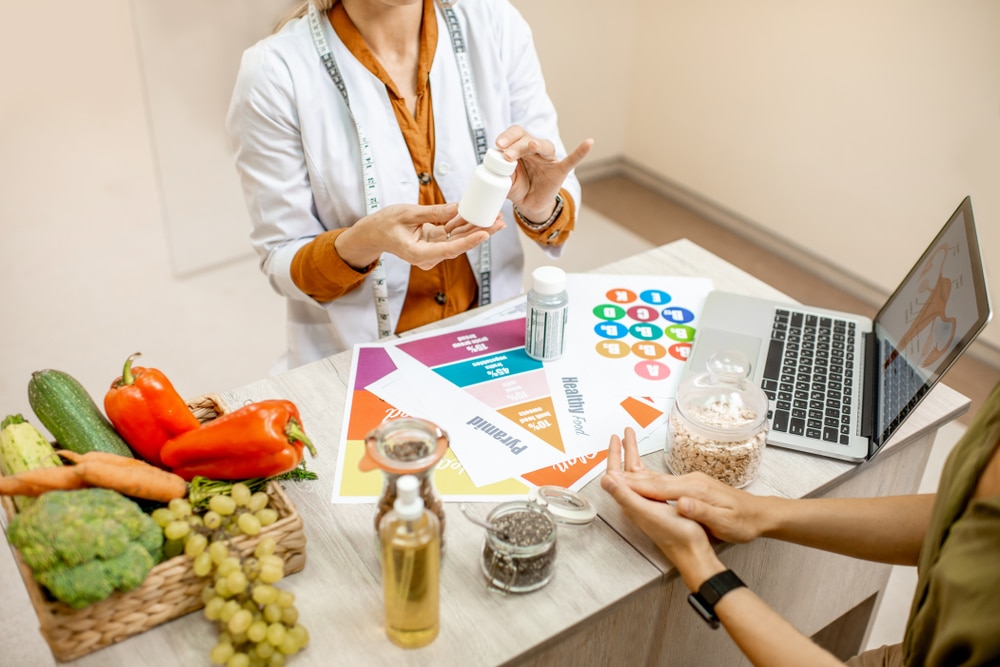How Your Body Safely Eliminates Toxins
Introduction
Our bodies encounter toxins daily, whether from the environment, food, or other sources. Fortunately, our intricate system of organs works tirelessly to neutralize and eliminate these harmful substances. In this blog post, we’ll explore the fascinating process of detoxification and how your liver, lungs, intestines, and kidneys play crucial roles. As a Functional Diagnostic Practitioner with a nationwide reach, I am well versed to help educate my clients on how to avoid these toxins and clear them from the body!
The Liver: Detoxification Headquarters
The liver is the superhero of detoxification. It processes toxins by using enzymes and oxygen to make them more water-soluble. This transformation allows the body to eliminate them effectively. Here’s how it works:
- Phase I Detoxification: During this phase, the liver modifies toxins, especially fatty ones, to make them easier to handle. Enzymes break down these substances into intermediate forms.
- Phase II Detoxification: In this phase, the partially processed toxins combine with sulfur or amino acids. This combination makes them even more water-soluble. The liver then sends them to the kidneys or intestines for elimination.
Other Detox Players
While the liver takes center stage, other organs also contribute to detoxification:
- Lungs: These vital organs filter toxins from the air. If you’ve ever been in a smoky room or a polluted environment, your lungs were hard at work protecting you.
- Intestines: Beyond digestion, the intestines destroy parasites and harmful organisms. They also absorb nutrients and help eliminate waste products.
- Kidneys: These bean-shaped organs filter excess toxins and waste from the blood. The result? Clear urine that carries away unwanted substances.
Tips for Supporting Your Body’s Detox Process
- Limit Alcohol: Excessive alcohol consumption can harm your liver and lead to toxin buildup. Your liver metabolizes alcohol, converting it from acetaldehyde (a toxin) to a harmless substance called acetate.
- Choose Natural Cleaning Products: Opt for non-toxic alternatives to harsh chemical cleaners. Vinegar, baking soda, and essential oils can effectively clean without harmful side effects.
- Increase Water Intake: Staying hydrated helps your body flush out toxins through urine and sweat.
- Eat a Balanced Diet: Fruits, vegetables, and whole grains provide essential nutrients and antioxidants that support detoxification.
- Support Gut Health: Consume probiotic-rich foods (like yogurt and kefir) to maintain a healthy gut microbiome.
- Be Mindful of Product Ingredients: Read labels and avoid products containing harmful chemicals. Choose pure, safe alternatives.
Toxins are harmful substances that can negatively affect our health. They come from various sources, including living organisms (such as bacteria, fungi, and plants) and synthetic chemicals. Here are some common types of toxins:
- Biotoxins: These are poisons spontaneously produced by living organisms. Examples include bacterial toxins, dinoflagellate toxins, and algae toxins.
- Mycotoxins: Produced by fungi, mycotoxins can contaminate food, especially grains and nuts.
- Phytotoxins: These are plant-derived toxins that can harm other organisms. Some plants produce toxins to protect themselves from herbivores.
- Zootoxins: Toxins from animals, such as venom from snakes or spiders.
- Chemical Toxins: Synthetic chemicals found in everyday products, including cleaning supplies, cosmetics, and plastics.
🌱 Health Issues Linked to Toxins:
- Respiratory Problems: Prolonged exposure to certain toxins can lead to respiratory issues, skin irritations, and eye discomfort.
- Cancer: Some toxins, like endocrine-disrupting chemicals (EDCs), have been linked to cancers such as ovarian, prostate, and breast cancer.
- Reproductive Concerns: EDCs can impact fertility and reproductive health1.
🚫 Top Toxic Household Items to Be Aware Of:
- Air Fresheners: Many contain volatile organic compounds (VOCs) that can harm indoor air quality5.
- Cleaning Products: Common cleaning solutions often contain chemicals that can irritate the skin and respiratory system6.
- Candles: Some candles emit toxic fumes when burned. Opt for natural soy or beeswax candles.
- Non-Stick Cookware: Non-stick pans may release harmful chemicals when heated.
- Plastic Food Containers: Plastic containers can leach toxins into food. Use glass or stainless steel containers instead.
Remember, gradual changes matter! Swap out toxic items for safer alternatives, and your home will become a healthier space. 🌎💚
Book a call
Disclaimer: Always consult a healthcare professional for personalized advice. This post is for informational purposes only.


